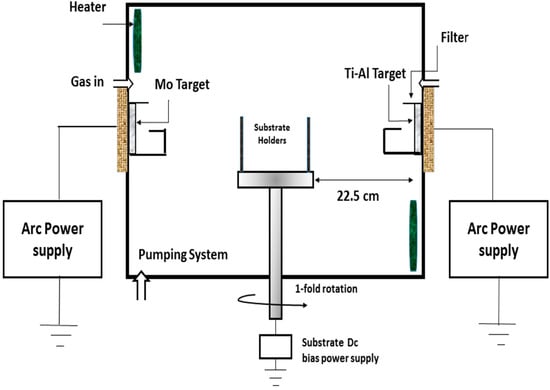Feature Paper Collection in Plasma Coatings, Surfaces & Interfaces
A topical collection in Coatings (ISSN 2079-6412). This collection belongs to the section "Plasma Coatings, Surfaces & Interfaces".
Viewed by 4212Editors
Interests: plasma; thin film; solar cell; chemical vapor deposition; coatings; sputtering; surface engineering
Special Issues, Collections and Topics in MDPI journals
Interests: plasma simulation; plasma surface engineering; gas discharge physics; physical vapor deposition; radio frequency discharges; magnetized plasmas
Special Issues, Collections and Topics in MDPI journals
Topical Collection Information
Dear Colleagues,
You are invited to submit your work to this Feature Paper Collection on Plasma, which focuses on low-temperature plasma theory and applications. Low-temperature plasmas are widely used for manufacturing semiconductor devices, tribological coatings, displays, solar panels, and many more technical products. On one hand, fully understanding plasma behavior requires the combined effort of simulation and diagnostics. Accurate simulation of plasmas, especially at low pressures (<100 mTorr), is computationally extensive due to the requiements to resolve the fastest temporal process and the finest spatial behavior of electrons. On the other hand, industry production has continuously driven the development of more efficient plasma sources and processes. Some particular challenges include large-area coatings at high frequencies, material-induced restriction to the process temperature, and capability to tune coatings’ microstructures. This feature Paper Collection aims to introduce the latest experimental, computational, and theoretical developments in the field of low-temperature plasma, through a series of original work and review articles from leading researchers around the world.
Potential topics include but are not limited to:
- Modeling and diagnostic methods of plasma discharges;
- Fundamental understanding of plasma behavior;
- Plasma-enhanced coatings and structures;
- Plasma-surface interactions;
- Novel plasma-based thin film deposition and material synthesis technology;
- Implementation of plasma processing for research and industrial applications.
Dr. Qi Hua Fan
Dr. Bocong Zheng
Collection Editors
Manuscript Submission Information
Manuscripts should be submitted online at www.mdpi.com by registering and logging in to this website. Once you are registered, click here to go to the submission form. Manuscripts can be submitted until the deadline. All submissions that pass pre-check are peer-reviewed. Accepted papers will be published continuously in the journal (as soon as accepted) and will be listed together on the collection website. Research articles, review articles as well as short communications are invited. For planned papers, a title and short abstract (about 100 words) can be sent to the Editorial Office for announcement on this website.
Submitted manuscripts should not have been published previously, nor be under consideration for publication elsewhere (except conference proceedings papers). All manuscripts are thoroughly refereed through a single-blind peer-review process. A guide for authors and other relevant information for submission of manuscripts is available on the Instructions for Authors page. Coatings is an international peer-reviewed open access monthly journal published by MDPI.
Please visit the Instructions for Authors page before submitting a manuscript. The Article Processing Charge (APC) for publication in this open access journal is 2600 CHF (Swiss Francs). Submitted papers should be well formatted and use good English. Authors may use MDPI's English editing service prior to publication or during author revisions.







